Industrial instruments are vital in ensuring the smooth and efficient operation of various industrial processes. However, like all equipment, they can occasionally malfunction or fail. Detecting and diagnosing these faults promptly is crucial to maintaining operational efficiency and avoiding costly downtime. Below is a detailed discussion of the common methods used to diagnose faults in industrial instruments:

1. Routine Inspection Method
The routine inspection method is one of the simplest and most straightforward approaches to identifying faults in industrial instruments. This involves a combination of:
- Visual Inspection: Checking for visible signs of wear and tear, corrosion, or leakage in the instrument. For example, cracks in pipes, loose connections, and fluid leaks can indicate underlying issues.
- Auditory Inspection: Listening for abnormal noises like hissing (indicating leaks) or unusual mechanical sounds that may signal malfunction.
- Tactile Inspection: Feeling for unusual heat or vibrations in the instrument components can reveal electrical or mechanical issues. For example, an instrument that becomes excessively hot might have electrical malfunctions.
Routine inspections are typically carried out by maintenance personnel during regular rounds and can help catch early signs of failure before they escalate.
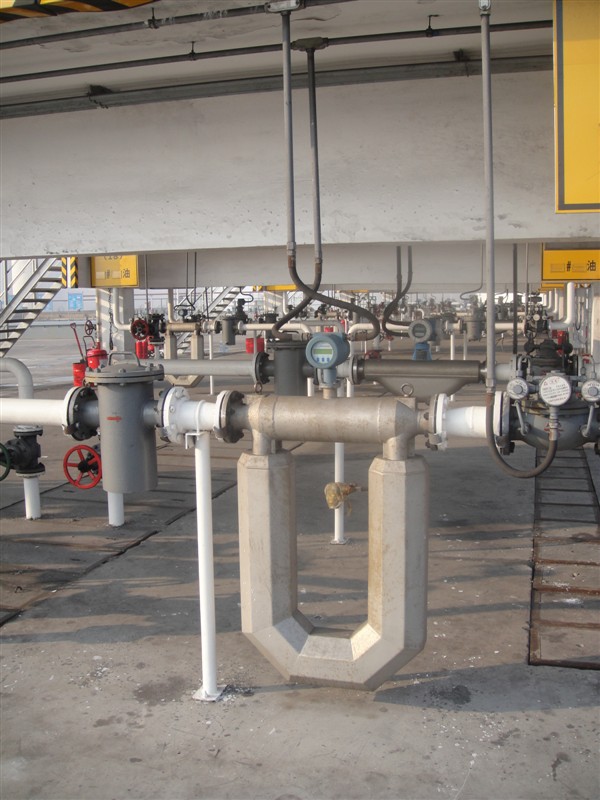
2. Signal Diagnosis Method
Industrial instruments typically output signals (e.g., current, voltage, pressure, or flow rate) based on the process variables they measure. The signal diagnosis method involves analyzing these output signals for abnormalities, which could indicate a malfunction.
- Drift in Output: A signal that drifts away from the expected range over time could point to sensor degradation or calibration issues.
- Signal Instability: Sudden fluctuations or noise in the signal may suggest loose connections, interference, or instrument damage.
- Zero-point Deviation: For instruments like pressure gauges, a significant deviation from zero when the process is at rest often indicates mechanical issues or blockages.
By continuously monitoring these signals, operators can detect deviations and take corrective action before a full-blown failure occurs.
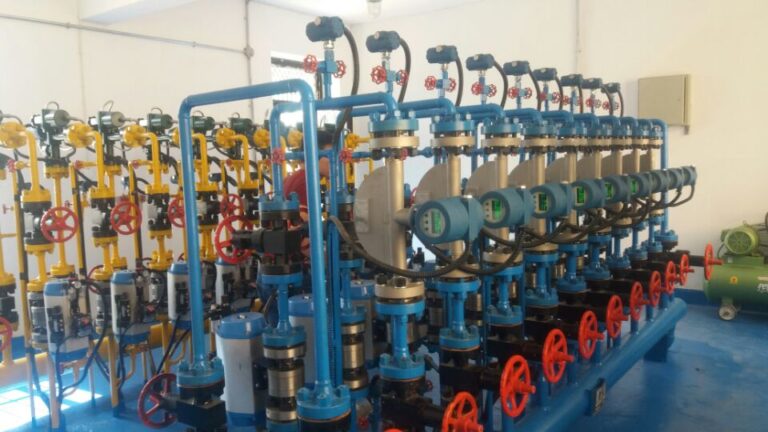
3. Loop Testing Method
Instruments typically operate within a loop, consisting of sensors, controllers, actuators, and feedback systems. The loop testing method involves isolating specific sections of the loop for targeted troubleshooting.
- Electrical Circuit Testing: This checks for electrical continuity and ensures that there are no open circuits, short circuits, or loose connections. This method is particularly effective for diagnosing problems in wiring or control systems.
- Functional Testing: This involves simulating inputs to verify whether the system responds correctly. For example, sending a known pressure signal to a pressure gauge and checking if the display reads accurately can help pinpoint instrument or calibration faults.
Loop testing is effective for diagnosing both electrical and mechanical faults, providing a comprehensive view of where the problem might lie.
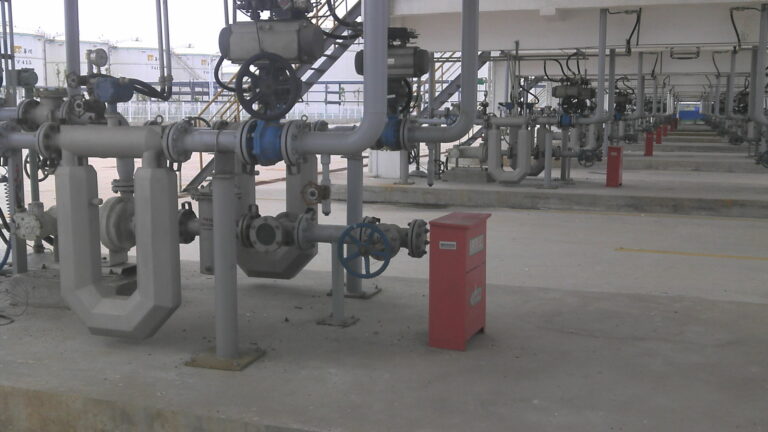
4. Data Analysis Method
Modern industrial systems often generate a large amount of historical data, including instrument readings, system performance logs, and maintenance records. The data analysis method uses this data to identify patterns that may indicate an emerging fault.
- Trend Analysis: Plotting historical instrument readings to identify slow drifts or sudden spikes can signal an impending failure. For instance, a gradual rise in temperature in a normally stable system could indicate a cooling system fault.
- Comparative Analysis: Comparing current performance data with historical norms or the performance of similar instruments can help detect anomalies.
This method is widely used in large-scale control systems like DCS (Distributed Control System) or SCADA (Supervisory Control and Data Acquisition) systems, where automated data collection is common.

5. Fault Simulation and Emulation Method
Fault simulation involves intentionally inducing faults or simulating abnormal conditions in a controlled environment to observe the system’s response. This method helps identify potential weak points in the instrument’s design or operation.
- Simulation Tools: Many industrial systems have built-in simulation features that allow operators to replicate faults and study how the instrument behaves.
- Emulation Scenarios: Technicians may create fault scenarios manually, such as blocking a valve or adjusting sensor settings, to mimic real-life conditions and test the instrument’s fault-handling capabilities.
Fault simulation is particularly useful during the commissioning phase or for training purposes, as it helps teams understand the system’s behavior under stress without causing actual damage.
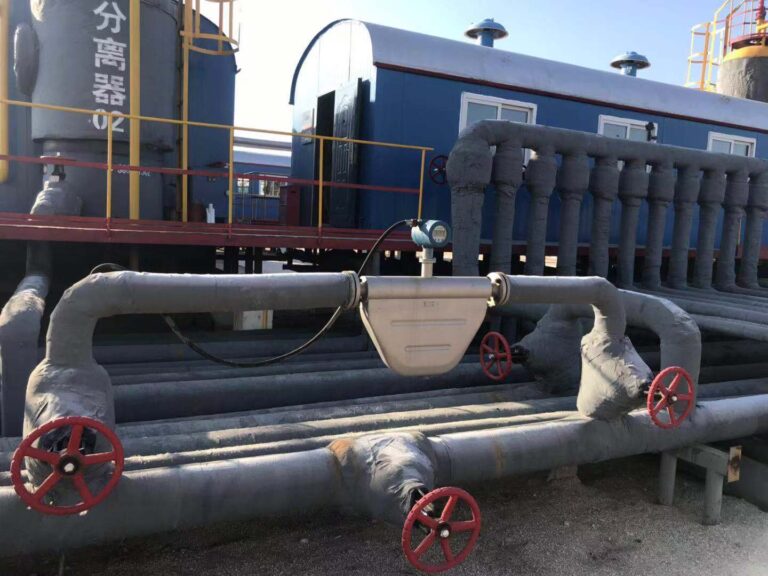
6. Diagnostic Instrumentation Method
For more complex faults, specialized diagnostic instruments such as multimeters, oscilloscopes, and spectrum analyzers are used to gather detailed information about the instrument’s electrical and mechanical properties.
- Multimeter Use: Measures voltage, current, and resistance, helping to identify short circuits, open circuits, or power supply issues.
- Oscilloscope Use: Used for analyzing signal waveforms, which can reveal issues such as noise interference, signal distortion, or timing problems.
- Spectrum Analyzer: Helps in identifying and isolating frequency-related problems, particularly in systems that involve radio frequency (RF) or other signal-based communications.
These diagnostic tools provide precision insights into the fault, making them indispensable in complex, high-tech environments.

7. Expert System Method
Expert systems are artificial intelligence (AI)-driven software programs designed to mimic the decision-making abilities of a human expert. In industrial fault diagnosis, these systems can analyze instrument data, compare it against predefined rules or models, and suggest possible causes and solutions for faults.
- Rule-based Diagnosis: The system uses if-then logic to interpret symptoms and generate fault hypotheses. For example, “if the temperature reading exceeds a certain threshold, then the cooling system may be faulty.”
- Pattern Recognition: Expert systems can also use machine learning techniques to recognize patterns in data that indicate specific types of faults.
This method is gaining popularity, especially in automated plants where downtime is critical, and rapid diagnosis is required.
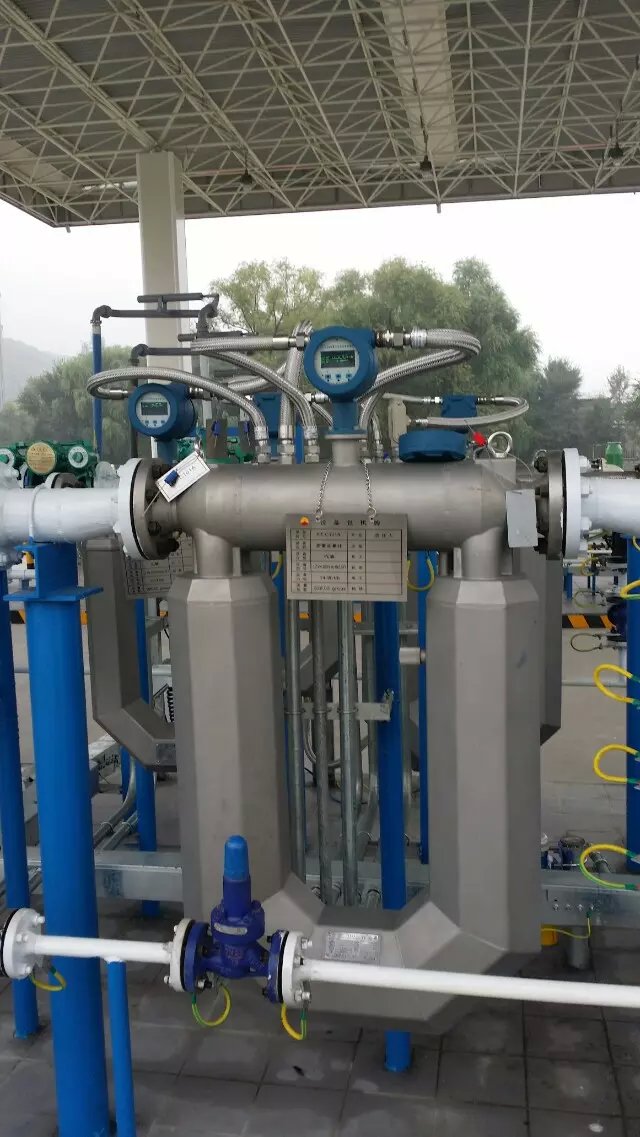
8. Self-diagnostic Functionality
Many modern industrial instruments are equipped with self-diagnostic capabilities. These instruments can monitor their own health and alert operators to potential problems before they result in failure.
- Internal Diagnostics: Sensors inside the instrument continuously check for issues such as sensor drift, signal loss, or mechanical wear. The instrument can then issue warnings or error codes.
- Health Monitoring: Some advanced systems are capable of performing continuous health monitoring, providing real-time status reports that operators can use to plan maintenance or repairs proactively.
Self-diagnosis is a key feature in smart, connected factories where instruments are integrated into larger IoT (Internet of Things) ecosystems.
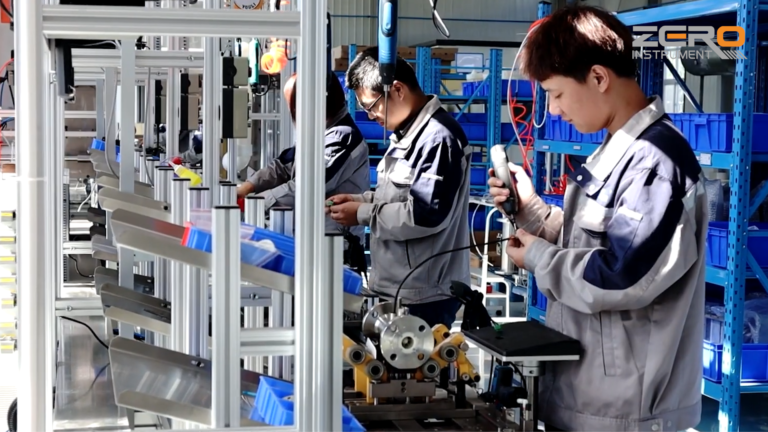
Conclusion
Industrial instrument fault diagnosis is a critical aspect of ensuring efficient and safe operations. Using a combination of routine inspections, signal analysis, loop testing, data-driven approaches, and modern diagnostic tools, maintenance teams can effectively detect and address faults before they escalate. The use of expert systems and self-diagnosing instruments further enhances the speed and accuracy of fault detection in today’s increasingly automated industrial environments.
